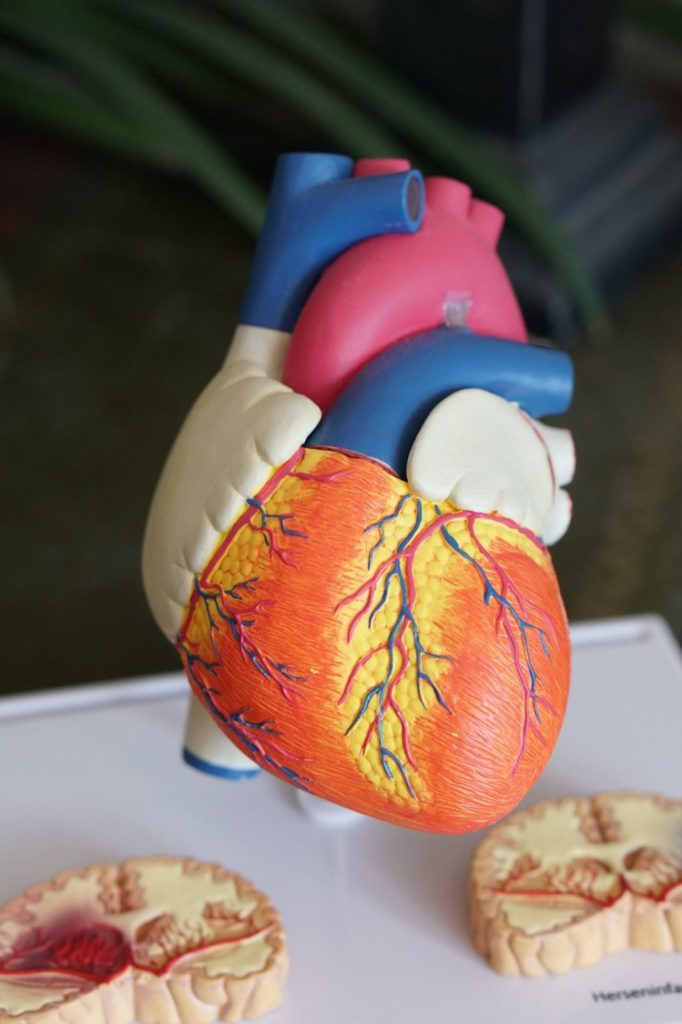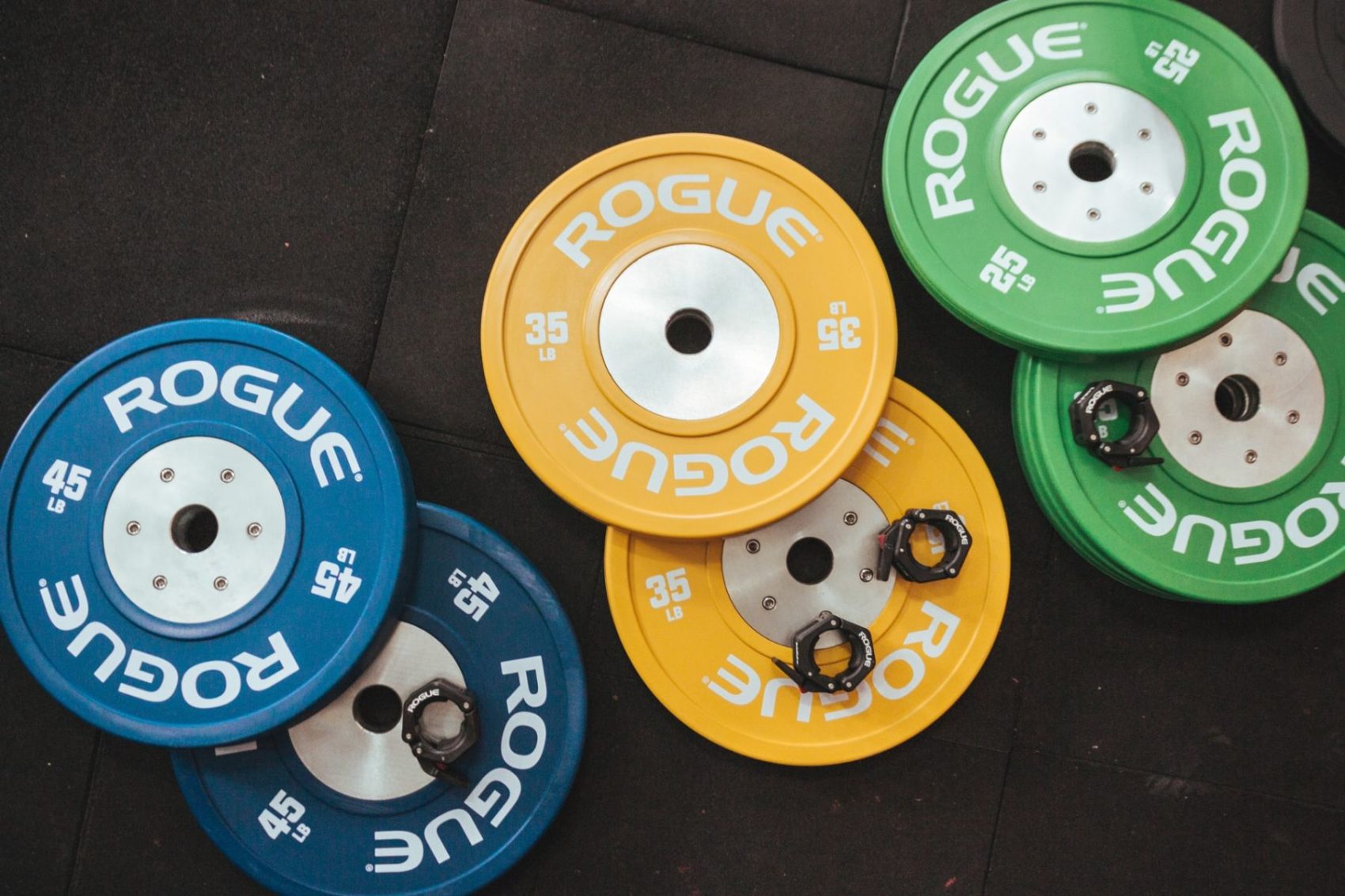Why the *** should anyone restrict voluntarily the blood flow to an extremity?
Somewhat like that might sound the voice in your head when first discovering this topic – at least mine cursed somewhat like that.
Beyond that initial response blood flow restriction training – or abbreviated BFR – can offer you some great benefits well backed up by science1. Sounds better, isn’t it?
This post will show you most of them, relevant to sports and calisthenics, and will safely guide you on how to use blood flow restriction, mainly to improve your recovery.
- BFR isn’t dangerous when done correctly, but can be when done without sense.
- Driving a car is dangerous, too, when you have no freakin clue what you are doing with that big wheel between your legs.
- Other things can also end life-changing if you don’t know what to do with the thing between your… I think you know what I mean!
In conclusion, it’s likewise many things – know what it is good for, learn how to use it, and use it.
That said let’s start first with how blood flow restriction works!
Why the *** should I voluntarily bind up my extremities?
The answer to that will be as paradox as the question:
- For recovery and warmup purposes, you want to get as much blood as possible in every tissue, by creating an oxygen gradient.
- For workout purposes, you want to build up metabolites, by keeping them from leaving the places of production.
By occluding the blood flow to an extremity, blood will have a hard job getting into it, as well as getting back out of it. While the blood flow is restricted you do simple high-rep exercises to increase the magnitude of this issue even further.
Because of this hurdle metabolites will ramp up quickly in the muscle cells – there is no easy way out.2 Trust me – this can be felt quickly, in the form of an intense muscle burn.
Your extremity will get too little oxygen and build up too many metabolites. This will be acknowledged by your body’s sensors. They tell your brain that it must get blood there ASAP to relive that issue.
- As a consequence, your heart rate will increase.
- Plus your skin can turn lightly blue – as a result of that light hypoxic gradient within your tissues.
The longer this blockade takes, the harder your heart will work and the more your extremity will burn. This will get hellish quickly, trust me. After releasing the voodoo floss3 all this occluded blood will quickly burst into your extremity.
This is called a flush and can be visibly seen by your skin turning red for a short period of time.
The desired effect strongly depends on the time and level of blood flow restriction you’ve used in the first place. And the superior goal in mind for which you use BFR in the first place – workout, warmup, or recovery.
More on that in a second!
BFR in a nutshell:
1. Restricted blood flow while light exercise = limited oxygen & increased metabolite levels
2. The body senses that and works hard to solve this problem.
3. After releasing, blood floods back into the formerly restricted tissues.
What is blood flow restriction training good for?
Improve your Recovery
Recovery happens quicker when blood flow is optimal. Generally speaking, more blood equals better recovery.4
This happens by getting more nutrients and oxygen, to the place where they’re needed while simultaneously transporting waste products away to the kidneys or liver.
And that’s exactly what blood flow restriction does – it increases drastically the blood pumping into all of your tissues. Remember – this is why this rapid flooding in of blood after occluding is called a flush.
In my opinion, this is the most beneficial kind to utilize blood flow restriction training. I use it on a regular basis nearly every evening on my forearms or legs.
Many physios use Voodoo Flosses* for this purpose, too.
Warmup your tissues
Because of the previously explained mechanism, it is also a great way to warm up a specific area – that’s the sole job of a warmup, to get your tissues ready and your heart rate up.
Just make sure not to exhaust yourself and keep the restriction quite short (1-2 minutes at most), while doing simple movements in the high rep range.
Nonetheless, flushing yourself pre-workout doesn’t replace a general warmup. It is a specific, local approach – to prepare your forearms before handstands or your ankles before front squatting heavy.
You can’t flush your whole body pre-workout. See it as a supplementary aid from time to time.
Feel the burn while working out
If you are on the masochistic path and really wanna torture yourself, or you are simply chasing a serious pump, blood flow restriction can even be a part of your warmup! Bodybuilders swear on this method to finish off their arms or legs.
- To do so you can isolate your legs or arms at the end of your workout with one exercise using a blood flow restriction band.
- Make sure to wrap yourself lightly – you wanna endure some longer occluded times of 3-5 minutes while doing 3 sets of curls for example.
- These will be the longest minutes of your life!
I have never tried this method as a murderous pump is not what I am after – but for bodybuilders, it could be useful. That said, this is nothing to try for the timid or inexperienced.

How to safely use blood flow restriction flosses
The setup
The right direction of wrap
Always wrap from proximal to distal – which is medibabble for ‘from away of your body, towards your body’.5
- When wrapping your arm you want to start the wrap near you hand and wrap towards your shoulder.
- On you legs you wanna wrap from your ankle towards your hip.
Alright, now that we know from where to where to wrap, let’s look at the different parameter we can manipulate!
The first parameter: Overlap
The first one you can manipulate is the overlap of the floss. Most of the time you wanna wrap the Voodoo Floss* approximately 50% overlapping. I often wrap it this way.
- If you wanna go really tight you can wrap it more overlapping. Your legs can withstand this type of pressure.
- If you wanna go lighter, to endure longer timeperiods you can wrap less overlapping.
Next up: Tightness
The next parameter is even more important – the tightness. It is the one you manipulate most of the time. You can roughly measure it in %, too:
- Guess how much force you use to wrap yourself up: 50%, 70% or even 90%?
- When wrapping your arms you don’t want to go super snug – I would use a tension of 50-70% at most.
- When wrapping your legs you can go harder. 6 I would use a tension of 60-90% here.
Last, but not least: Time
The last parameter is time. While this seems quite obvious, one can play around with time a lot. The timeframe determines strongly the desired outcome:
- If you wanna flush yourself for recovery purposes, I would aim for 2-3 minutes, going medium-hard on the wrap.
- If you wanna warm-up, I would do the same.
- If you wanna workout with a voodoo floss, I would go really light and aim for 5 minutes.
It is very important to listen to your body and to start slowly. Learn how it feels and don’t push yourself at first.
It will burn, it will hurt, but there is no sense in torturing yourself the first time you try it out. Experience is what you need and blood flow restriction is no thing to be messed stupidly around with to seem a badass.

It could be much worse…
Although blood flow restriction may trigger some survival instincts in every reasonably thinking individual at first glance, it can be a useful tool in your arsenal. As we’ve hopefully clarified now.
Nonetheless, it is a tool in an advanced athlete’s arsenal – that’s why mostly physiotherapists use it. The ordinary gym bro, or people not deeply into that matter, could harm themselves more than they would reap benefits. Keep that in mind when experimenting around
Besides blood flow restriction training there are many other torture-like recovery methods like Gua Sha* or cupping. And let me say that BFR is one of the nicer ones.
I hope you got much out of this post, as it was a lot of work writing it together. My goal was to not over complicate it and explain blood flow restriction as simple as possible – a handy guide for this rather professional tool for the everyday athlete.
I hope I got that managed – tell me down below!
Anyways, as always if there are any questions don’t hesitate to ask and…
Happy Flushing,

Sources and further reading:
- Yuri Marmerstein shows how to use a voodoo floss and explains it uses greatly in this video.
- I learned everything about voodoo flossing and blood flow restriction from Kelly Starret, his youtube and his MWOD course. I can wholeheartedly recommend his work if you want to really know how to use it properly!
- Studies:
This one compares the methodology of blood flow restriction training with its safety and this one looks at the direct applications of it.
Plus, this article by SimpliFaster goes into the scientific details of every aspect in which blood flow restriction could have an influence on – hypertrophy. speed, the cardiovascular system.
Footnotes
- Have a look at this study on the safety and this one on the effects of blood flow restriction training.
- Or more precisely said – there is a much smaller way out. You never want to completely bind up an extremity likewise a surgical tourniquet. Rather you want to reduce the blood flow going in and out to a smaller degree.
- Voodoo Flosses are the flexible bands called, which you use to get the occluding done.
- That is what every active recovery method does, very simplified speaking – may them be sauna, massage, light cardio, or light movement. The only mechanism working totally different is sleep.
- This is because of your vein valves. This is their natural direction to withstand pressure. You don’t want to work against them.
- That’s because of the vein structure. Your leg’s veins are much thicker and run deeper than the ones in your arms. Unless you need a license for your big guns…



